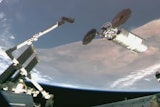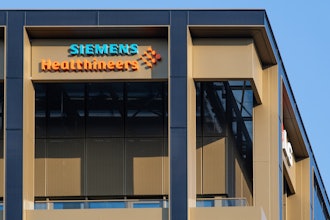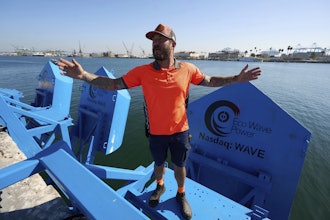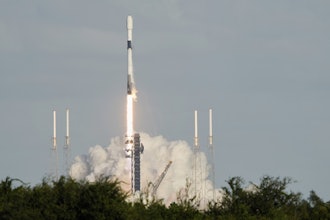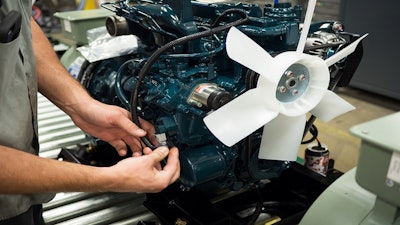
The end of 2017 is fast approaching, bringing with it the deadline for converting to Tier 4 engines for diesel engine users. When the Environmental Protection Agency (EPA) announced the Tier 4 regulations in late 2004, the goal was to cut down on harmful pollutants - especially those known to create smog.
The new Tier 4 regulations have been causing problems for diesel engine users. The most common we’ve encountered is navigating the merge of existing specifications and processes with entirely new engine equipment.
Who Do These Regulations Affect?
The EPA created and enacted a set of emissions requirements known as Tier 4 to reduce particulate matter, nitrogen oxides and air toxins from new, non-road diesel engines. The regulations were introduced in 2004 and enacted from 2008-2015. Tier 4 regulations require particulate matter and nitrogen oxides to be reduced by 90 percent. Additionally, the regulations require sulfur levels in non-road diesel fuel to be reduced to 15 parts per million.
Tier 4 regulations affect non-road diesel engines of all sizes. Non-road diesel engines are defined as engines installed on self-propelled equipment; equipment propelled while performing its function; and equipment that is portable or transportable through wheels, skids, carrying handles, dolly, trailer or platform. California regulations include stationary engines.
With any rules, there are also exemptions. These exemptions include engines installed on railway locomotives, marine vessels, underground mining equipment and hobby engines (below 50 cm3 per cylinder).
Diesel engine users have been allowed to continue using Tier 2 or Tier 3 engines depending on their size, but only until the end of 2017.
What Considerations Need to be Weighed?
Determining the purpose of the engine will help dictate the specifications and requirements needed for the engine to perform well. Traditionally, engines were sold based on horsepower. With Tier 4 engines, additional specs are looked at to determine the combination of horsepower and torque needed for the application.
What may have required a 200-horsepower engine in the past, may now utilize a 150-horsepower engine with increased torque and no drop-off in production.
Many engine spaces are not designed for Tier 4 engines. An existing engine base may have a very restricted space that was perfect for the previous engine, but too small for a Tier 4 engine. By engineering a Tier 4 engine into an application’s current space constraints, changes to the manufacturing process are often eliminated.
Additionally, with new technologies and regulations, engines are not sold and constructed based on horsepower alone. Finding the balance between horsepower and torque will lead to an ideal engine that finds best-value performance.
Finally, long-term costs are found by working with an engine distributor with an extensive service network. This ensures engines are regularly serviced in a timely manner to keep them running at the optimal level.
This article originally appeared on the CK Power learning center here. CK Power is a leading manufacturer and distributor of power units and power generation solutions for a variety of markets and customers.
